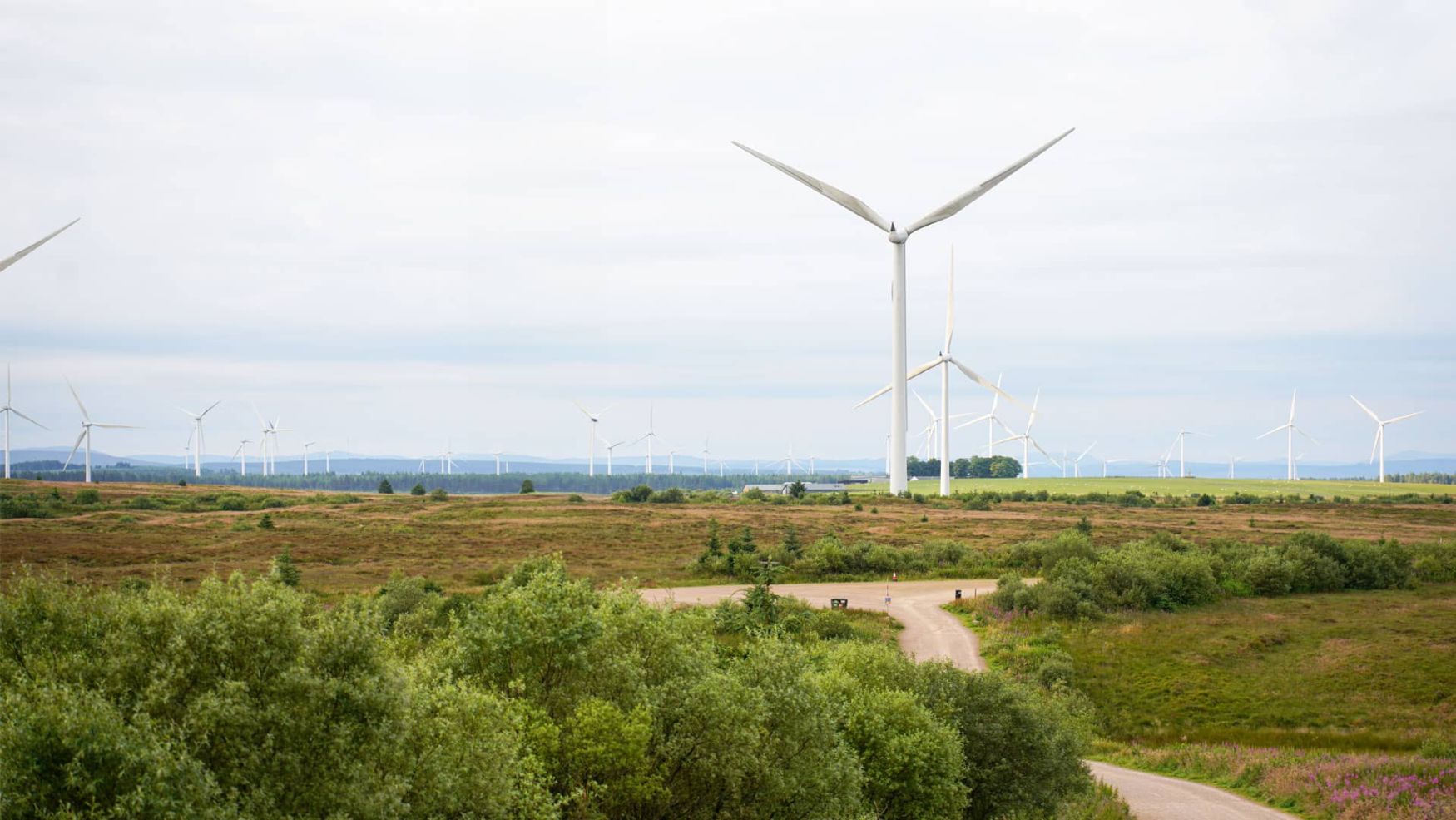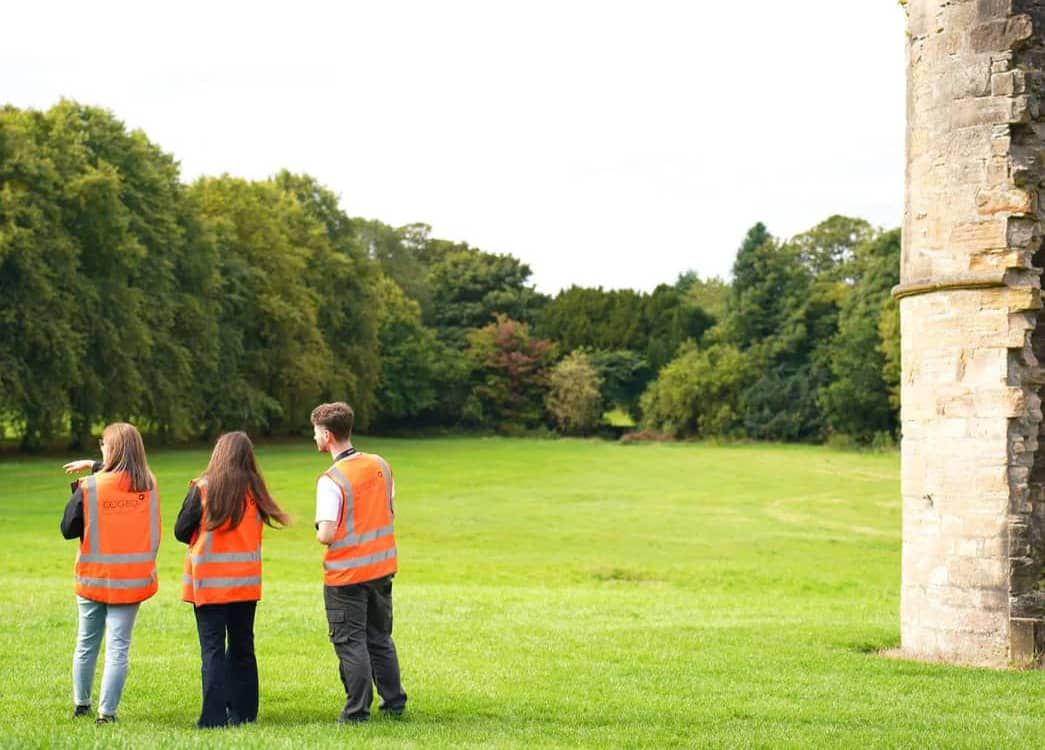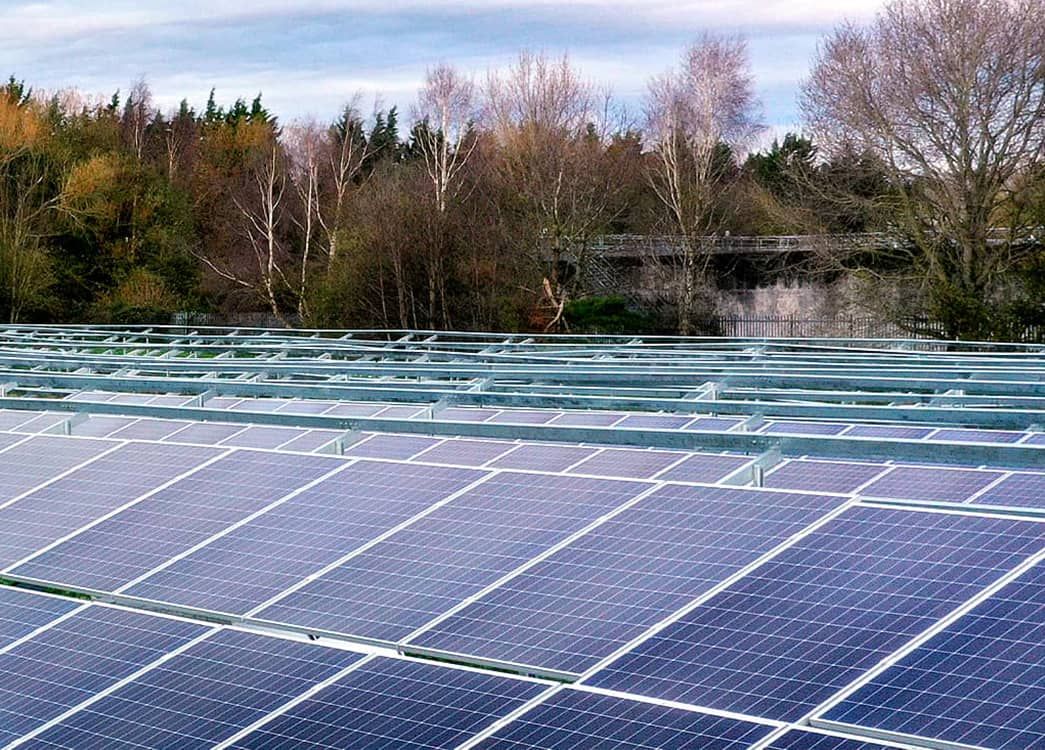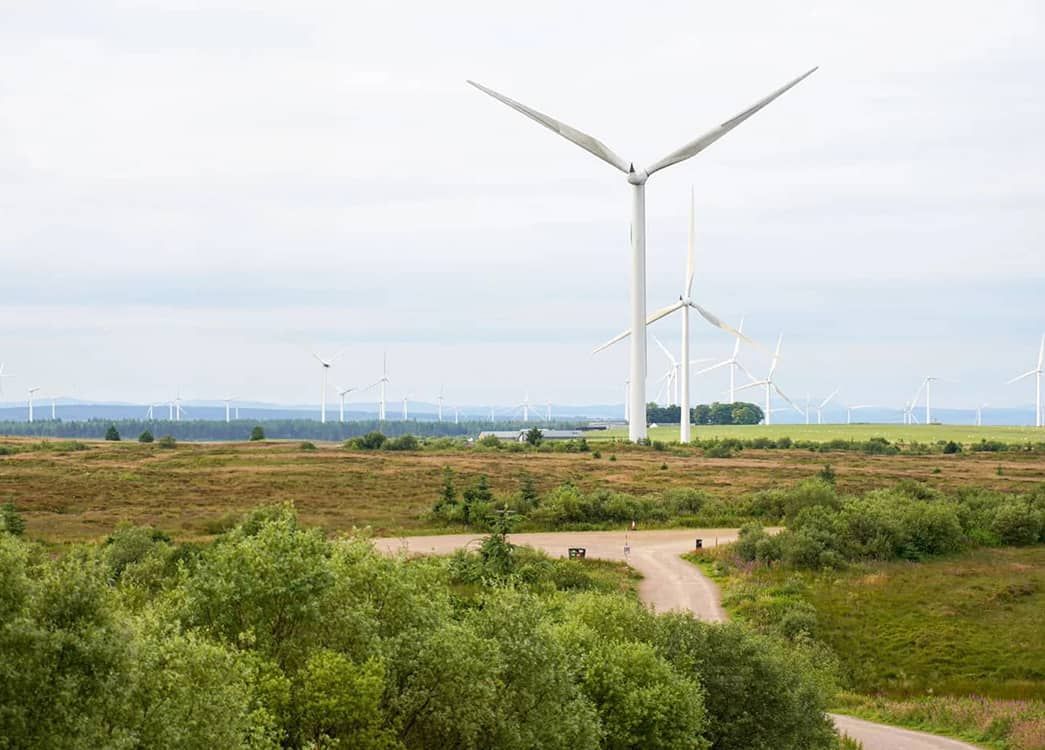04

Winds of Change
Elizabeth Robinson, Planning & Environmental Consultant at Cogeo

Wind turbine development in England has been at a standstill. Since 2015, changes to legislation have put an effective moratorium on new turbine projects. Now, the winds have changed.
Following an update to the National Planning Policy Framework, turbines are back on the agenda. The key changes are;



Previously, any turbine above 15m hub height was required to be in an area identified as suitable in the Council’s Local Plan and ANY community concerns needed to be addressed, a challenge for two reasons:


The result of these restrictions meant that turbine installations had slowed to the point where only four turbines were built in England in 2022. To understand the challenges faced, read our Tawdside Case Study by clicking the following link - https://www.cogeo.co.uk/tawside-farm-wind-turbine
What do the changes mean for me?

What do I need to know?









Where do I start?
Understand your site. The focus should always be finding the most suitable solution, which involves balancing wind speed, planning policy, environmental constraints, operational constraints and grid connection.
Our approach is to carry out a feasibility assessment to assess the initial challenges and options to developing a project. Our multi-disciplinary approach guides the development process by balancing the risks and opportunities of the site.

THE
POLICY POSITION
As the cheapest and most efficient form of renewable energy technology, onshore wind is a crucial tool for businesses and landowners looking for energy security, reduced electricity costs, revenue diversification and carbon reduction. By amending the NPPF, the UK government has made steps in fixing planning issues. Current targets aim to double onshore wind production by 2030, making wind energy one of the fastest-growing energy sources.
New paragraphs 161 and 168 focus on the importance of renewable energy, giving weight to the benefits of onshore wind projects within the planning system.
The Department for Energy Security and Net Zero has removed the restrictive community support clause, recognising that local concerns, when addressed and considered, should not prohibit further development. However, community engagement for wind turbines is still integral to the planning process.
Paragraph 168c introduces significant weight for repowering wind turbines and extending the life of existing renewable sites. You can read more about repowering in our repowering Q&A here.
The December 2024 updates to the NPPF signal a renewed commitment to onshore wind in England, laying the groundwork for significant progress toward net zero. By addressing long-standing barriers to wind energy and emphasising climate action, these changes should unlock new opportunities and support for landowners and developers.

“The policy shift is a positive change for renewables and great news for developers, landowners and businesses in England. We know that Local Authorities find themselves in a position where they have not been involved with turbines for over ten years, and that is undoubtedly going to leave a knowledge gap, particularly with some of the more technical aspects of turbine developments. Cogeo is uniquely placed to fill that knowledge gap and support all stakeholders within the industry. Our team has extensive experience across planning and environmental assessments and has continued to be involved in turbine development since 2015.
Although I specialise in English projects, we have an extensive team I can call on to share their experience and expertise where necessary. We’ve built positive and collaborative relationships with several turbine suppliers who can give practical advice on installation and operation. Developing effective network and partner relationships benefits the single turbine projects and wind farm applications we are involved in. We continue to work on a volume of repowering projects, which have been exempt from the previous planning restrictions. It’s nice to see new turbine sites developed as our client’s confidence in wind energy starts to grow”.
The winds of change in onshore turbine policy are great news for our clients. A rapid change in legislation is a huge boon for businesses, landowners and developers in England. Whether the opportunity to develop turbine projects will be a long-term solution to controlling energy production and prices remains to be seen, so decisions must be made decisively. That’s the problem with wind; it can change direction quickly.



